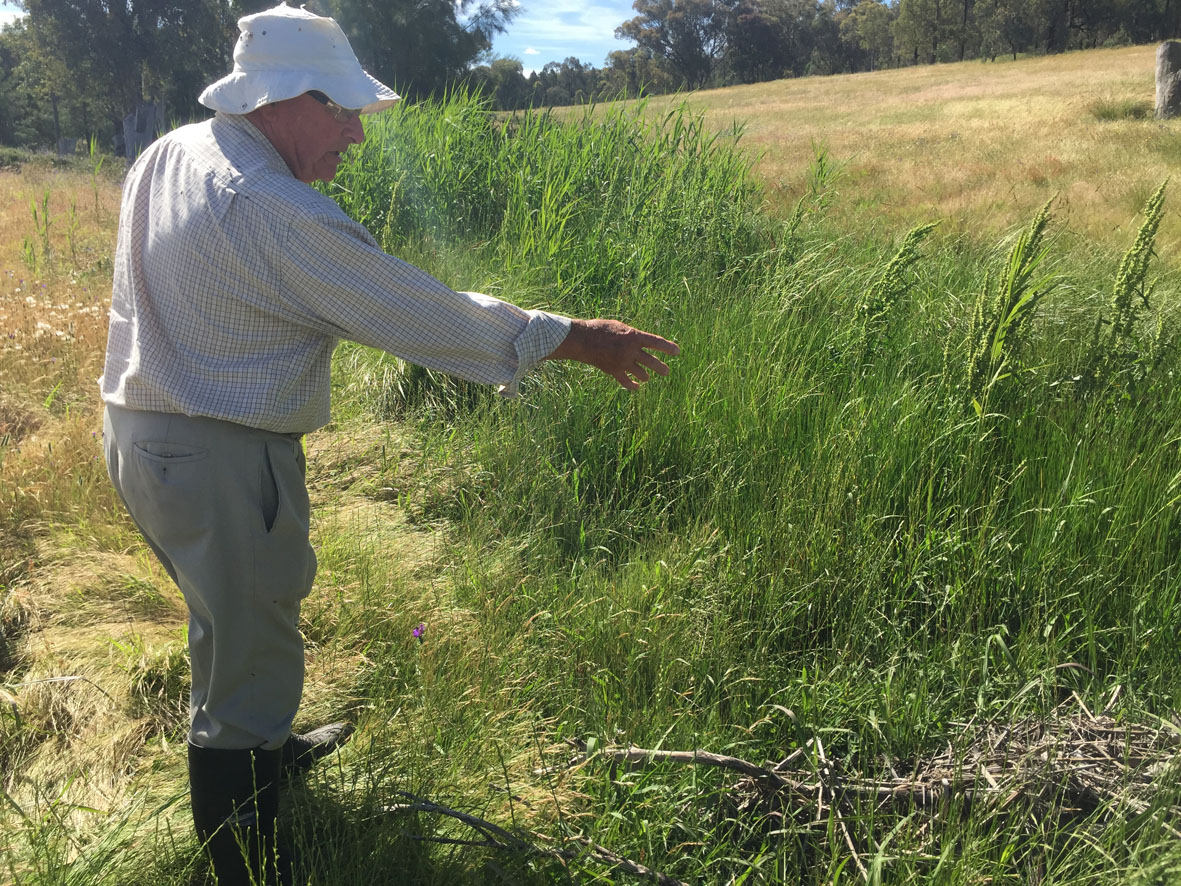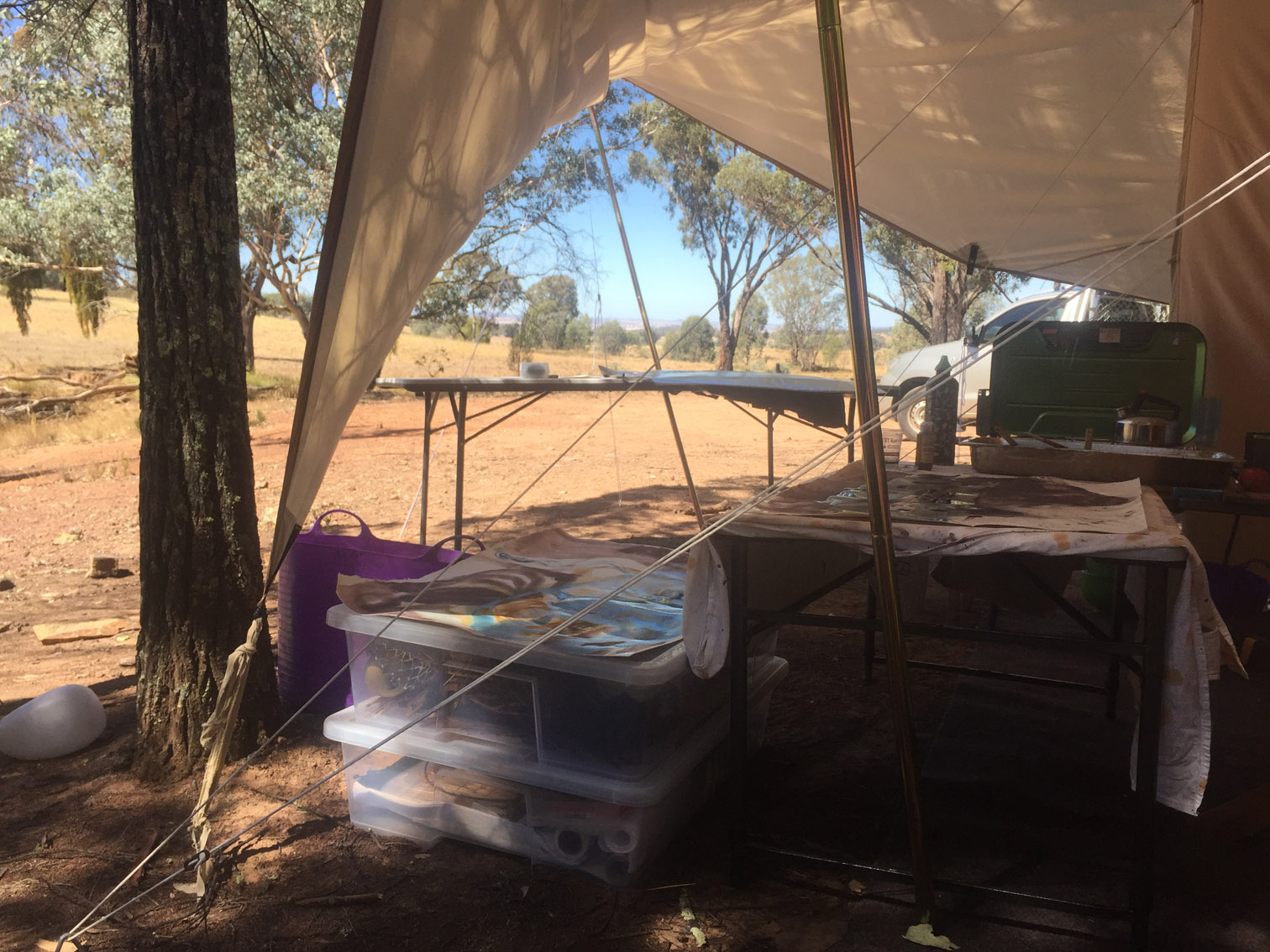By Leanne Thompson
I have been building a friendship with restorative farmer, Paul Newell since being introduced by ecologist Prof David Goldney in 2013. Paul was there at the beginning of the natural sequence farming (NSF) journey of Peter Andrews and he actually coined the phrase ‘natural sequence farming’ to describe the process Andrews was developing.
Based in Canowindra, Paul has a wealth of knowledge gleaned from life experience on the land and close observation of sites over many seasons. He has an unfailing tendency to experiment, and this has shaped his farming philosophy. He believes humans should stand back from ‘doing’. Instead he prioritises the ecological role of every organism and enables the species present and connective processes to do most of the work, building fertility and ‘agrading’ damaged country. The farm, Misty Mountain, exports only what he considers to be surplus to ecological requirements. He refers to this work as ‘landsmanship’.
I am currently undertaking a MFA at UNSW Art and Design. The practice-based research I am undertaking is in collaboration with both Paul and the change he is ‘overseeing’ on a once degraded property in Canowindra. I’m investigating Phragmites Australis, a wetland grass that Paul views as a keystone species for recovery. I am using the grass as a material for ephemeral sculptures. Woven in public spaces both urban and rural, the works will be installed in specific eroded gully locations and assist with re-establishing riffle banks and chain-of-ponds morphology (both of which slow the flow of water across the landscape). The project has seen me camp in the back paddock for weeks on end and become familiar with both the environment and Paul’s strategies for guided the process of change across the landscape.
The collaboration has been a long and animated conversation to this point, but now I am about to become an apprentice to Paul on a property in the Capertee Valley near Kandos. Initially the property will enable me to relocate my family metalwork business from Marrickville, but over time NSF and landmanship principles will determine the shape and form of the landscape, all the while involving artists and the wider community in the process. What ‘becomes’ will be a work in progress and aim to encourage new practices and audiences.












